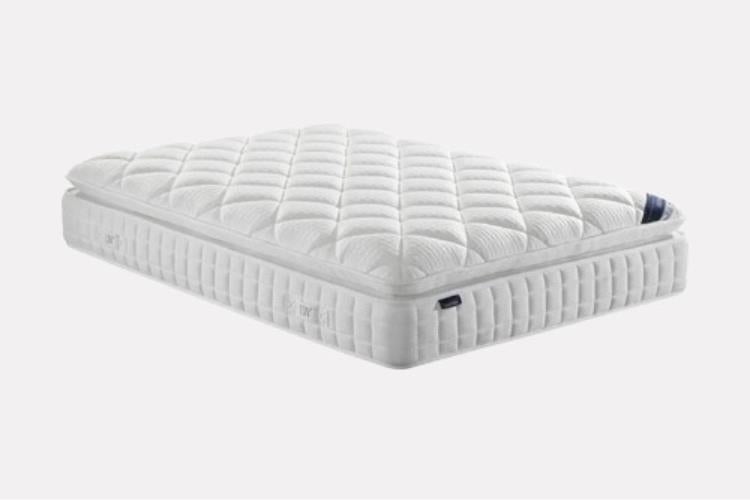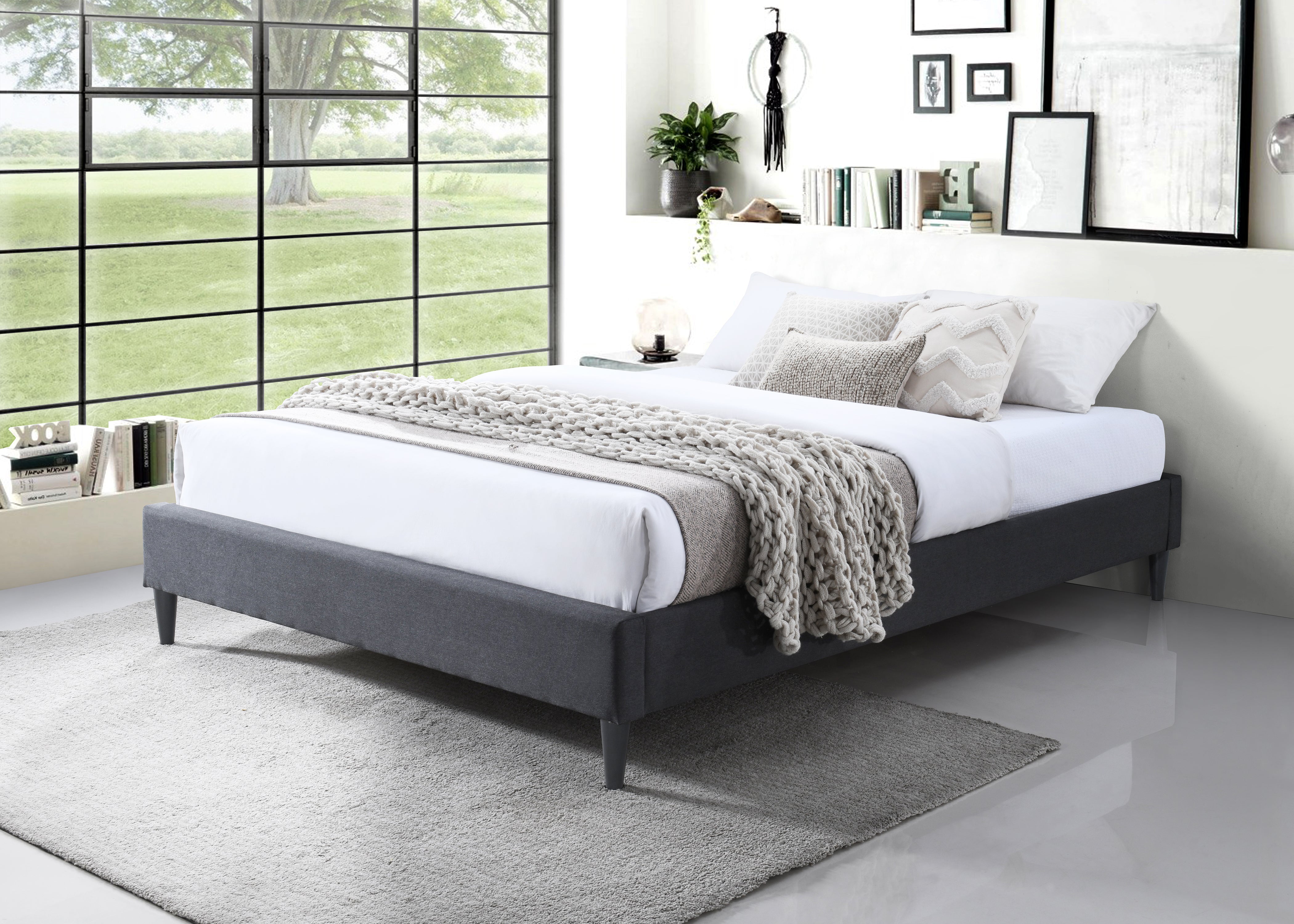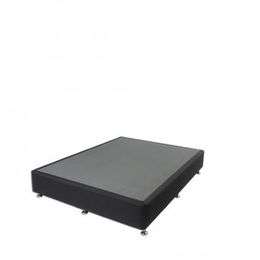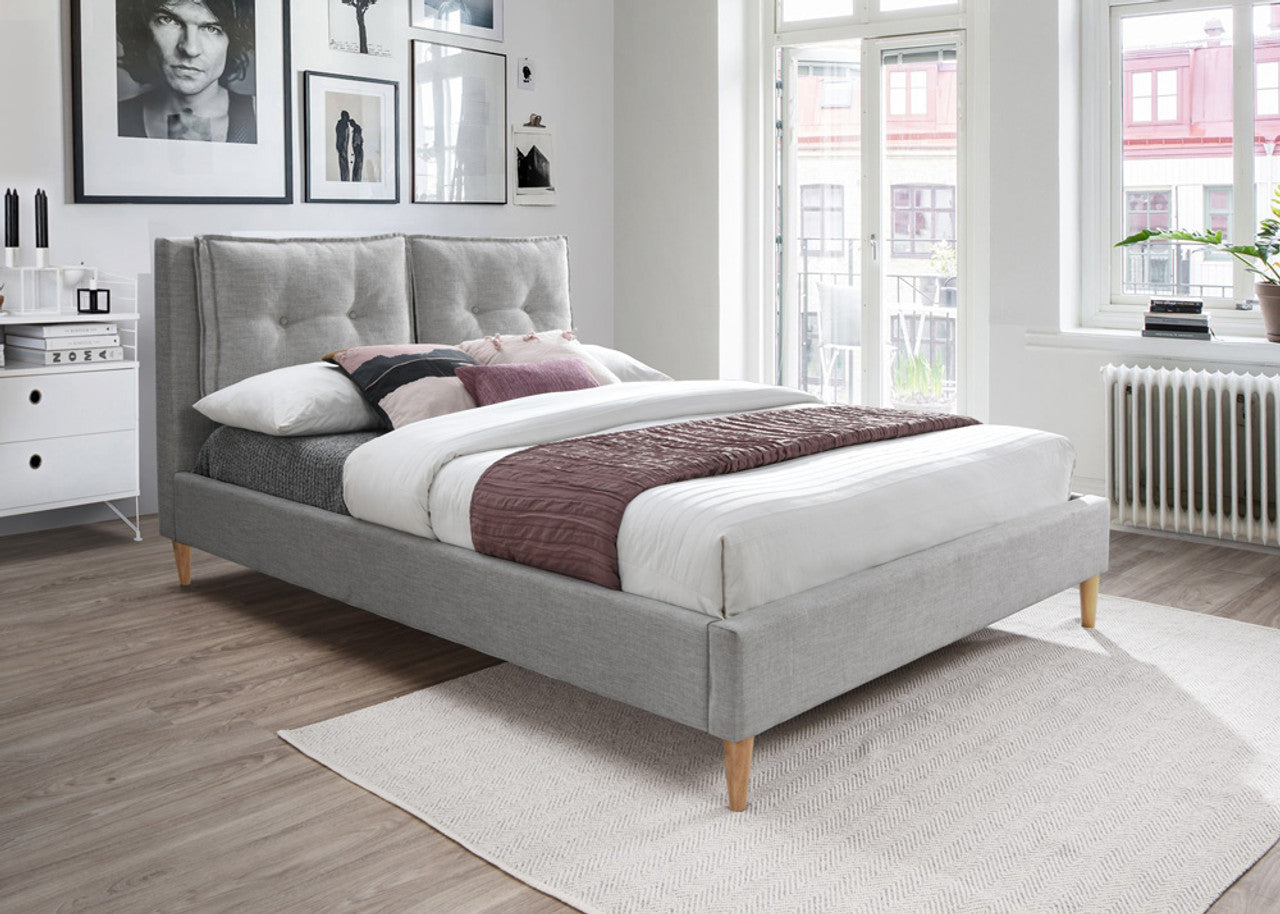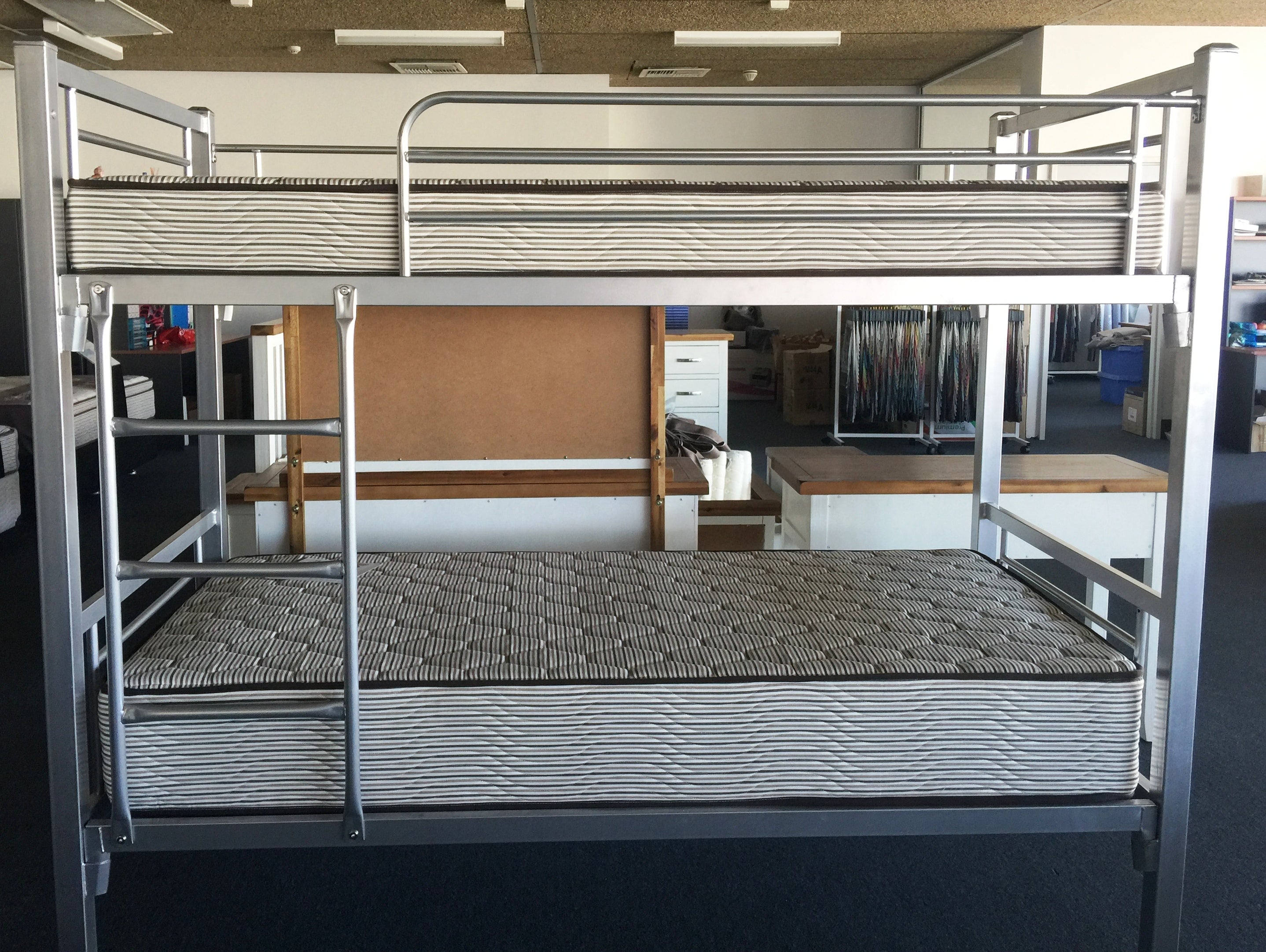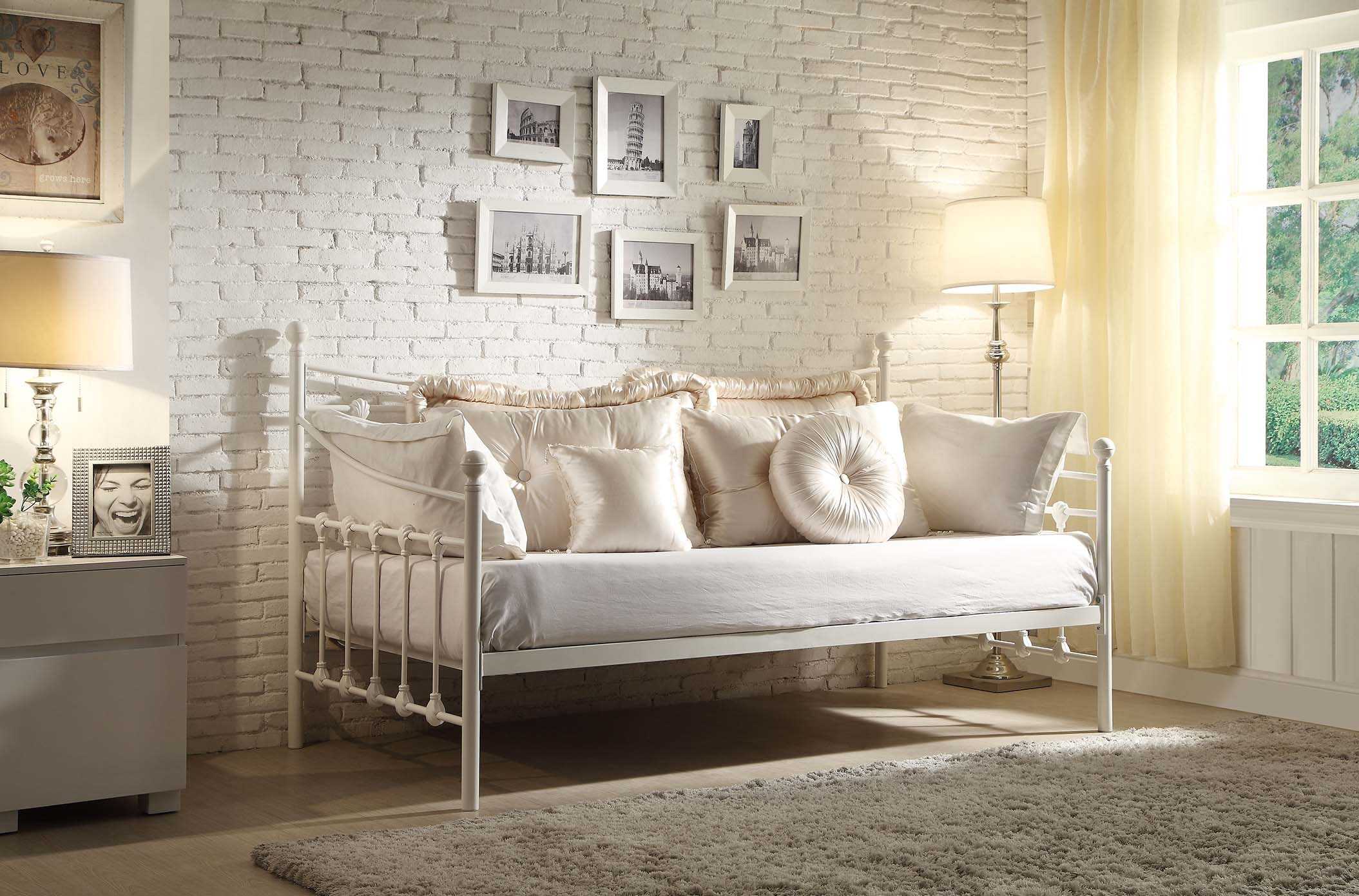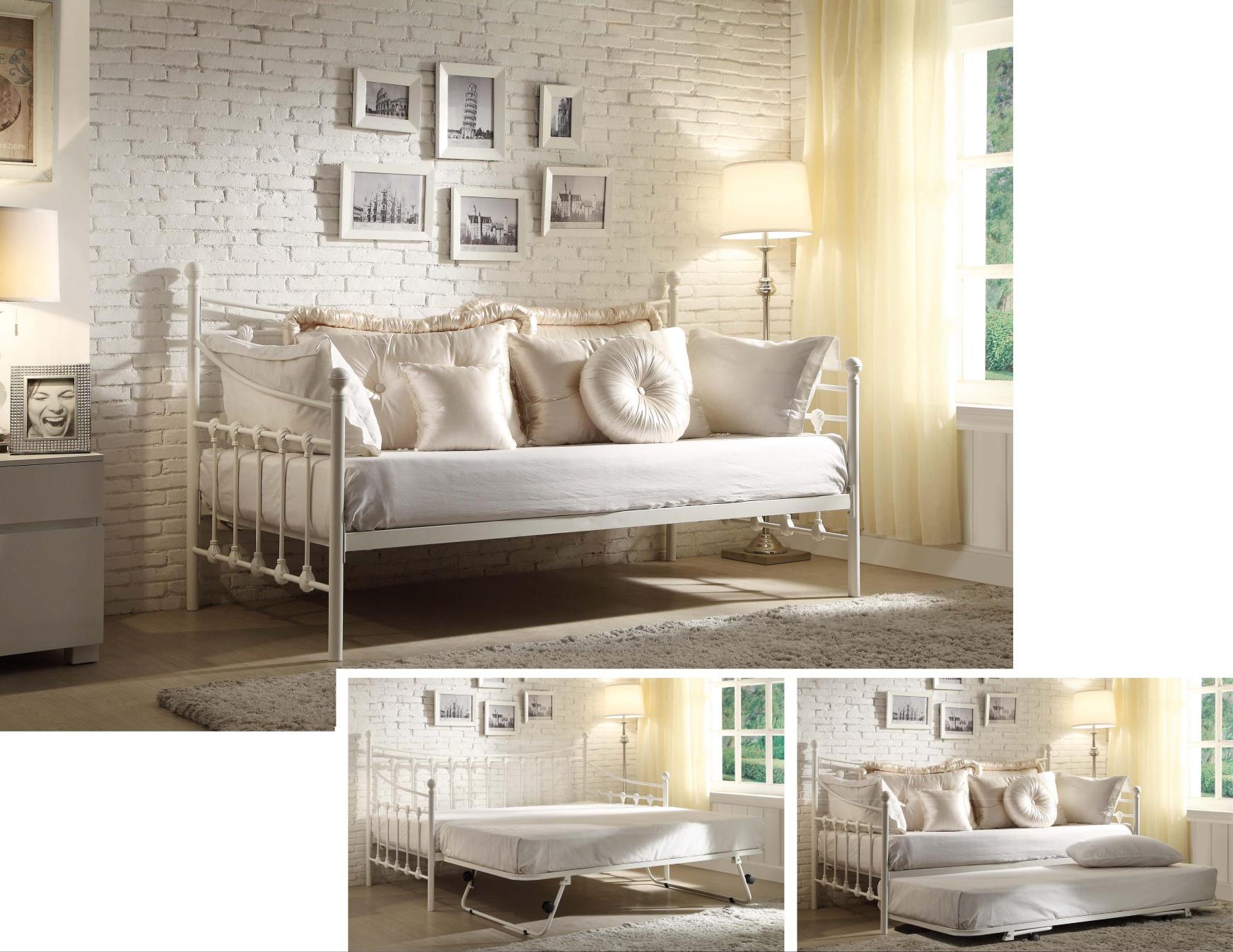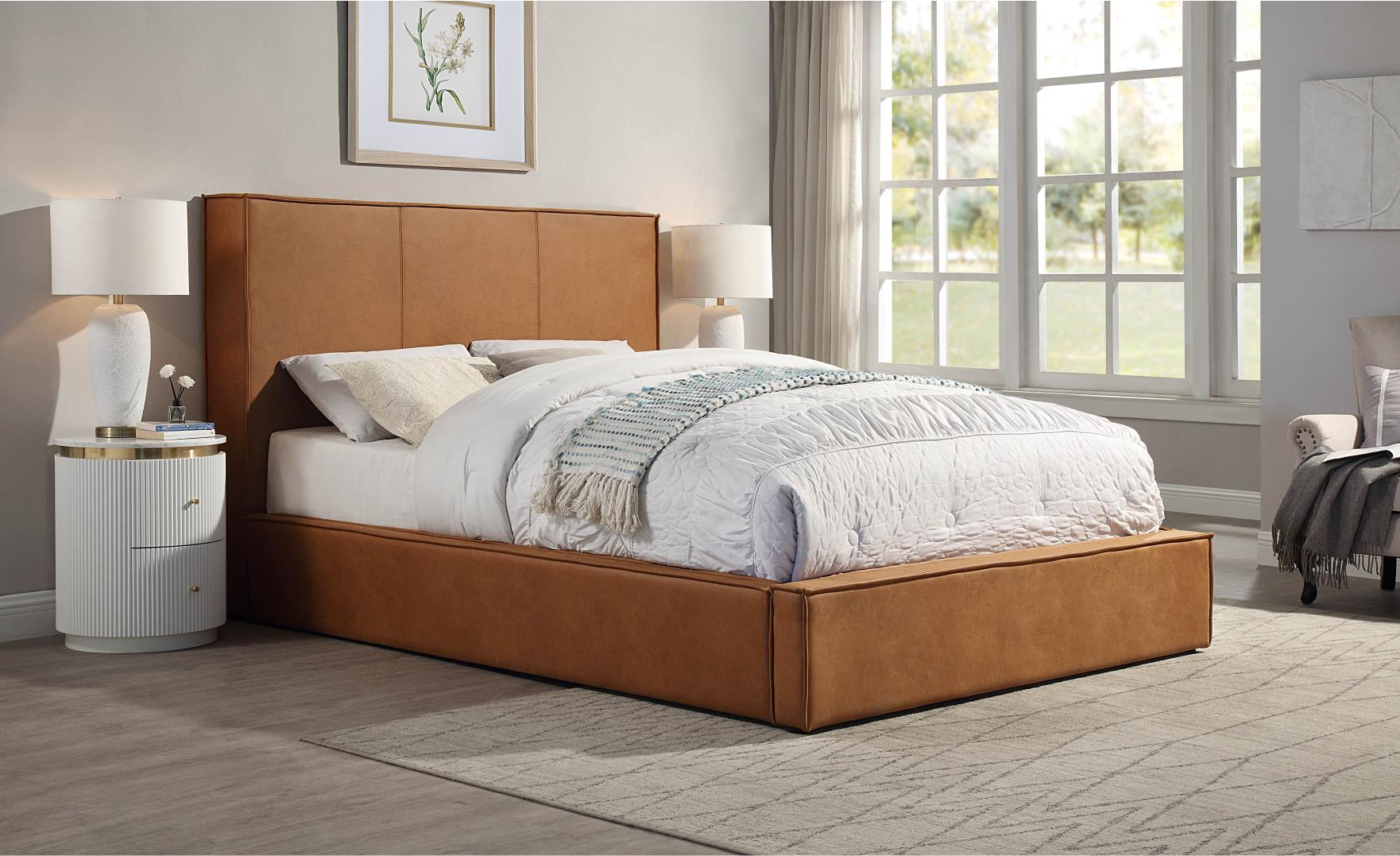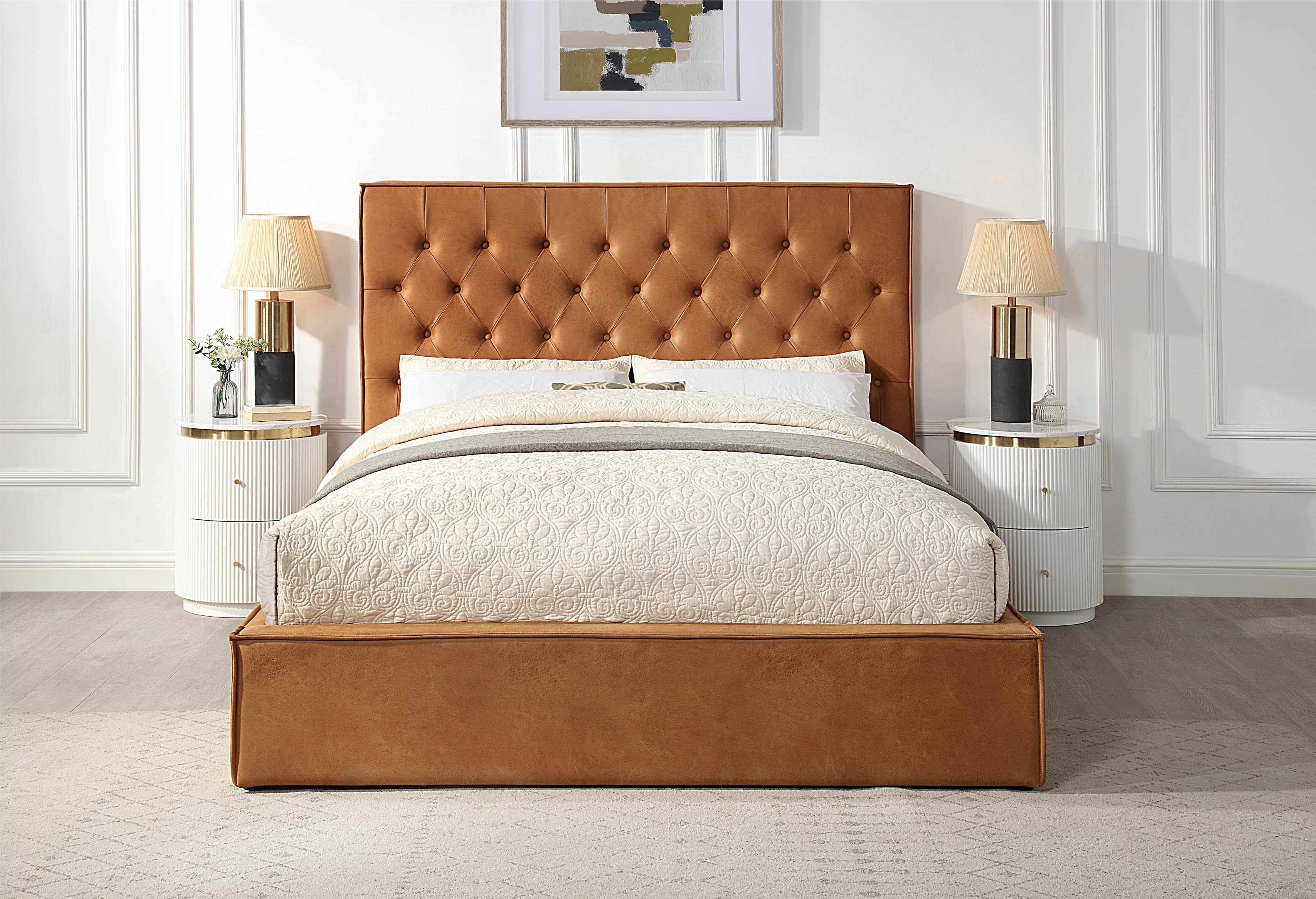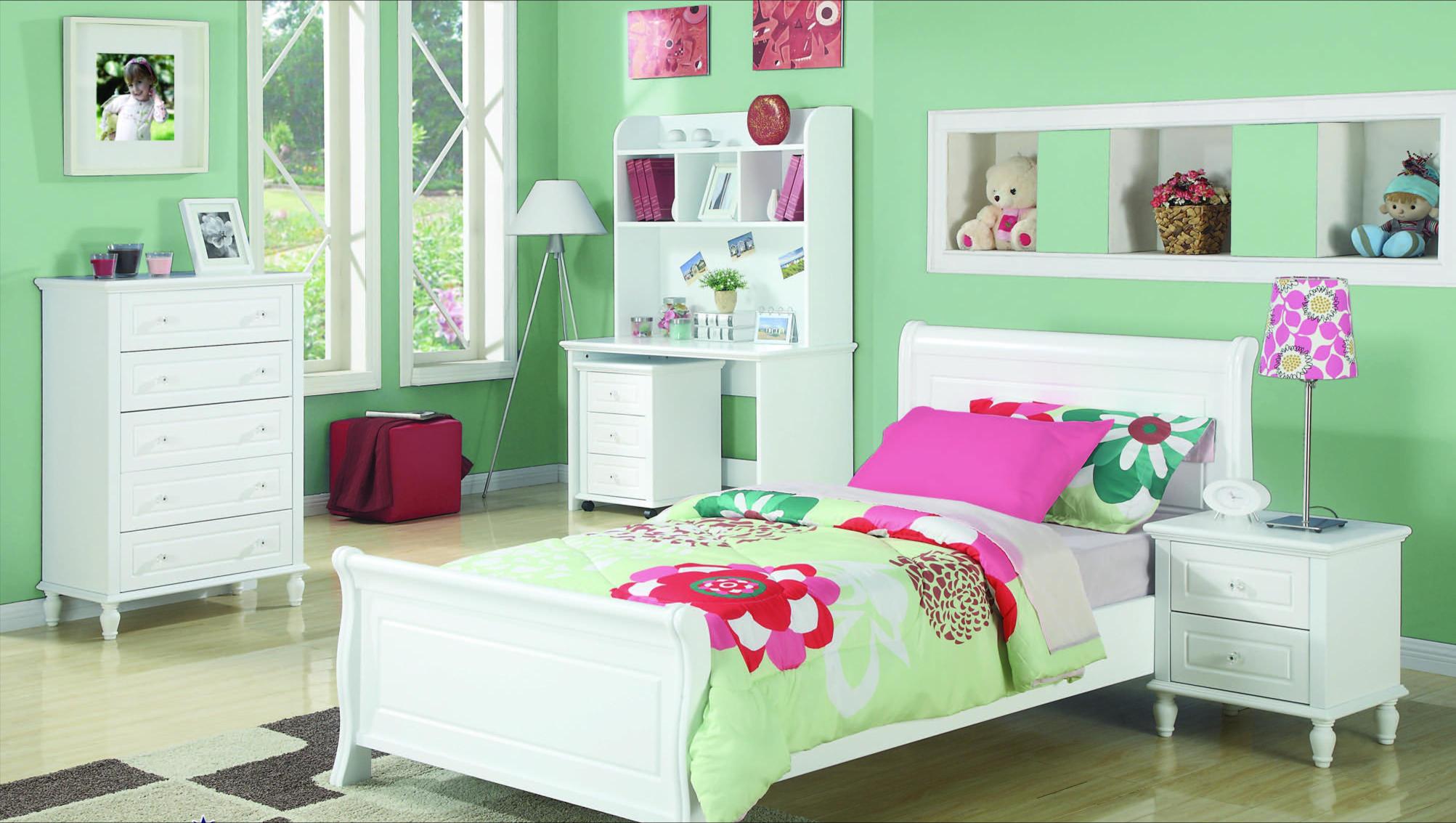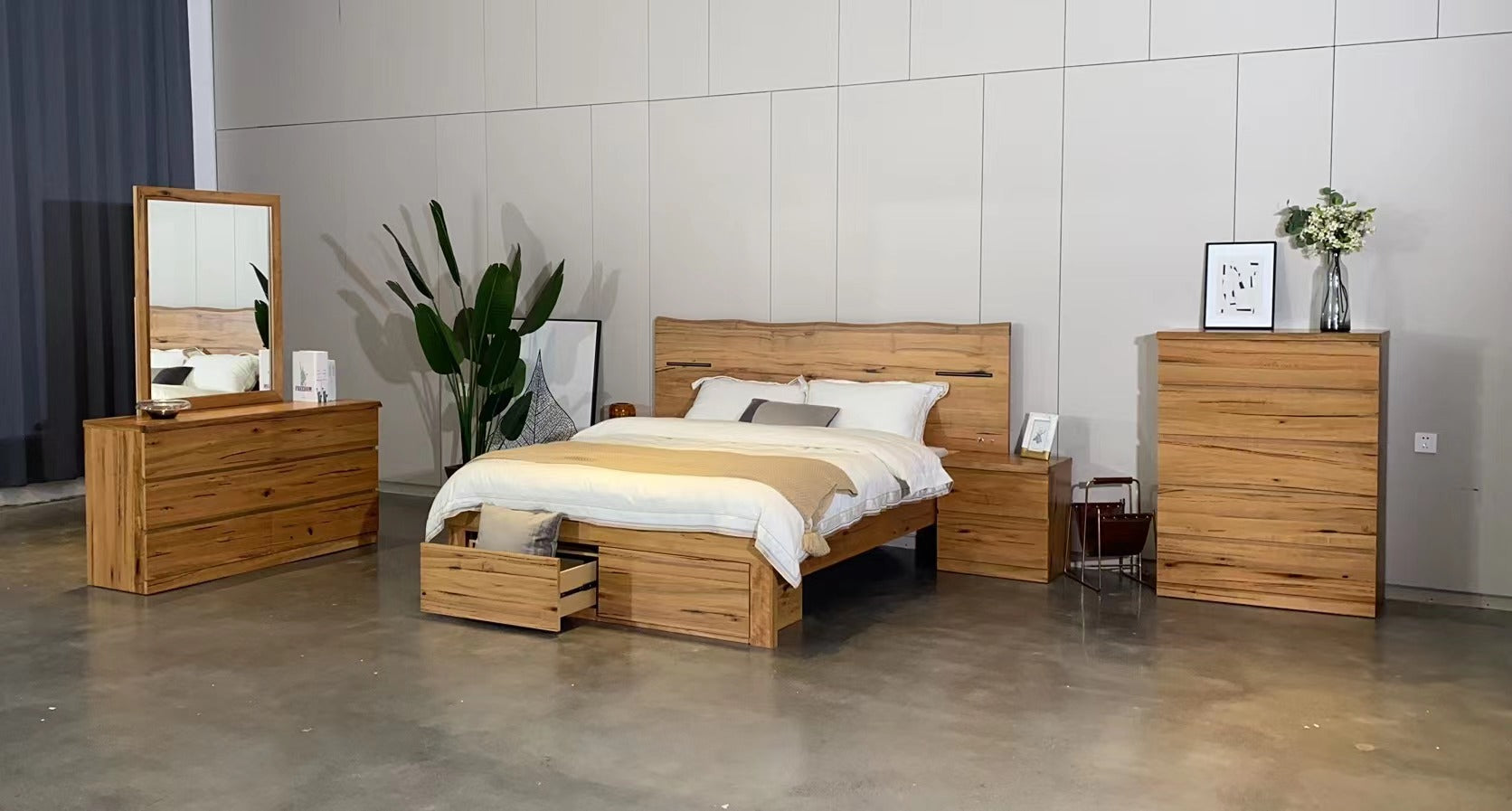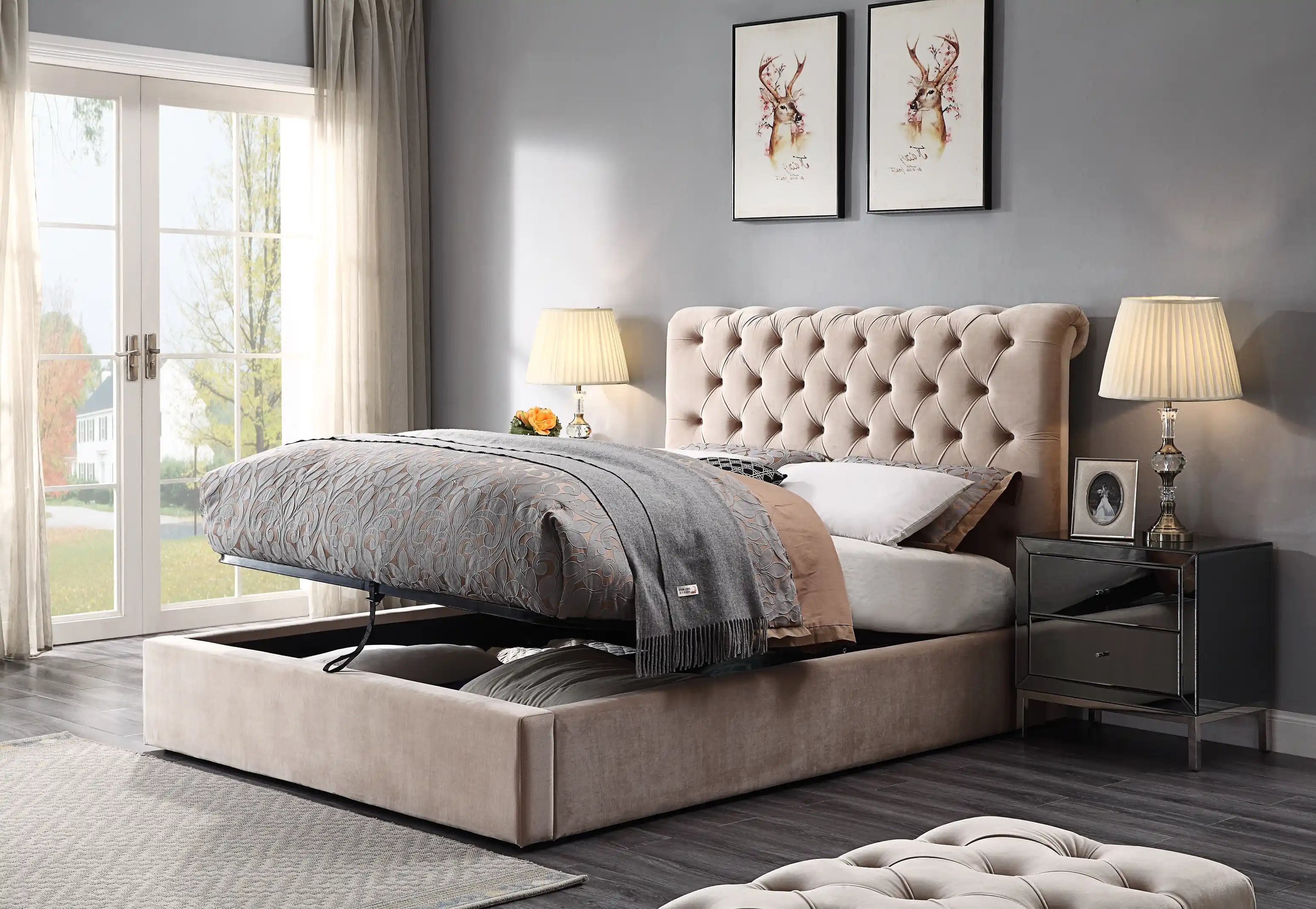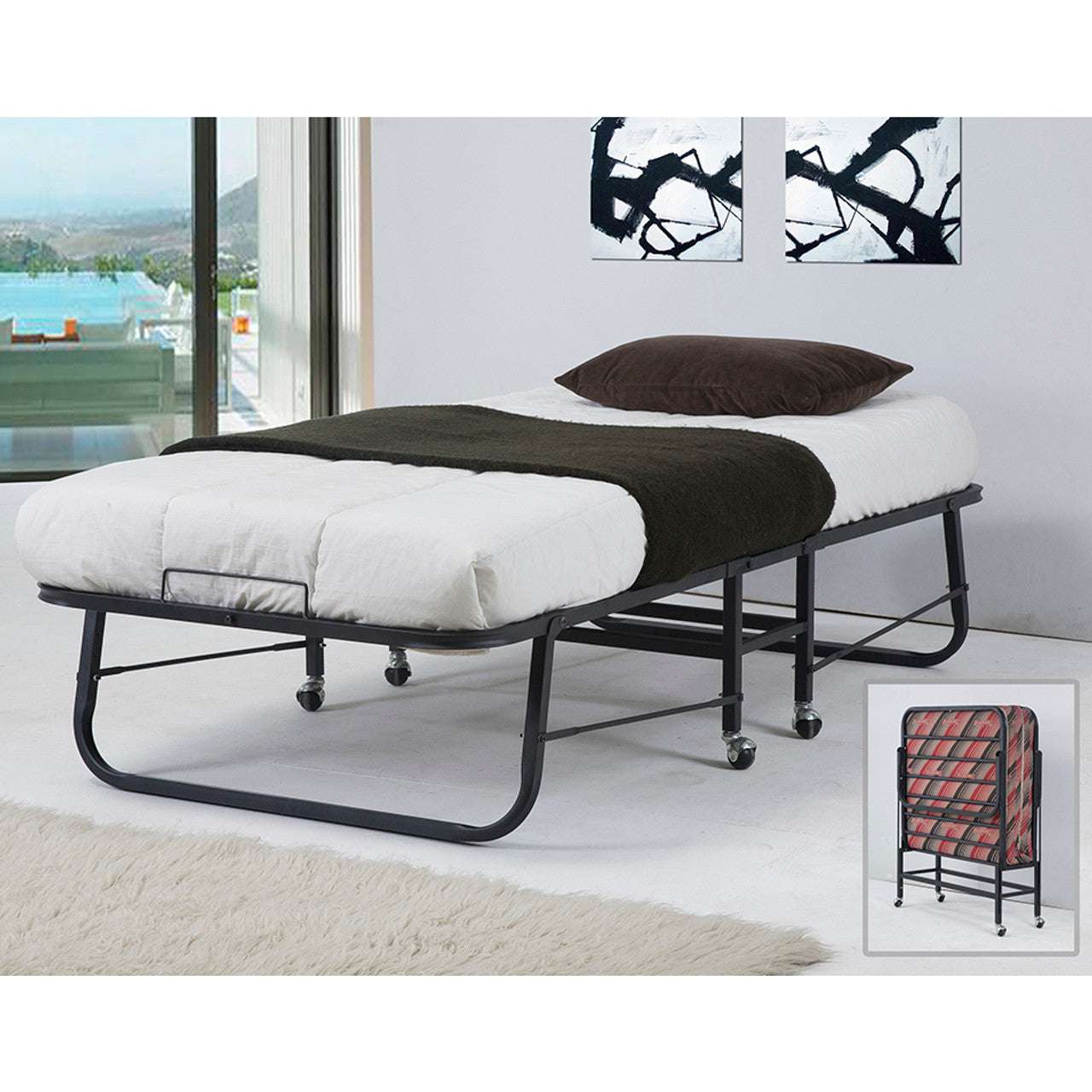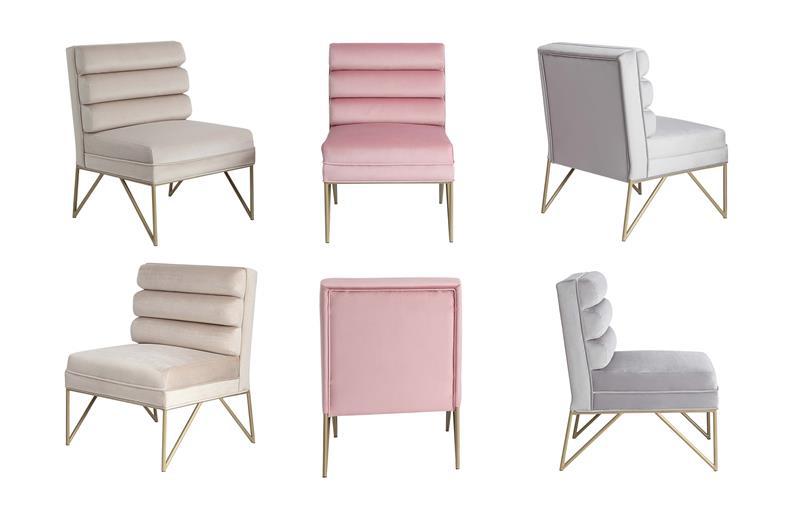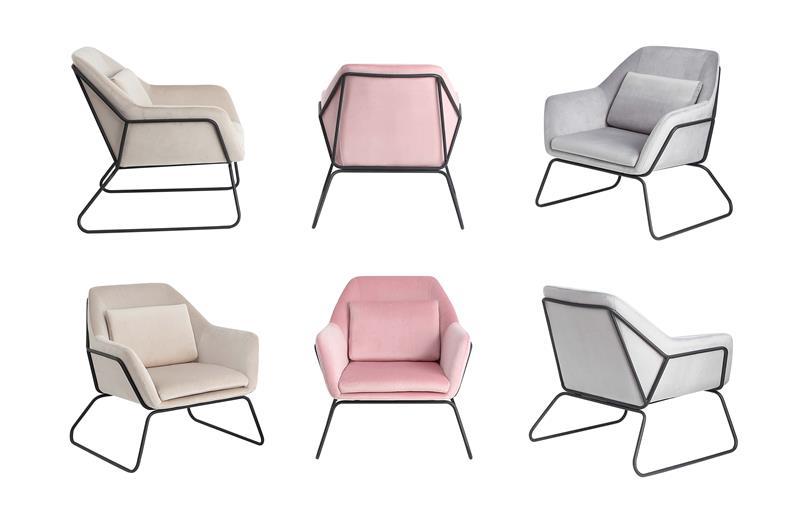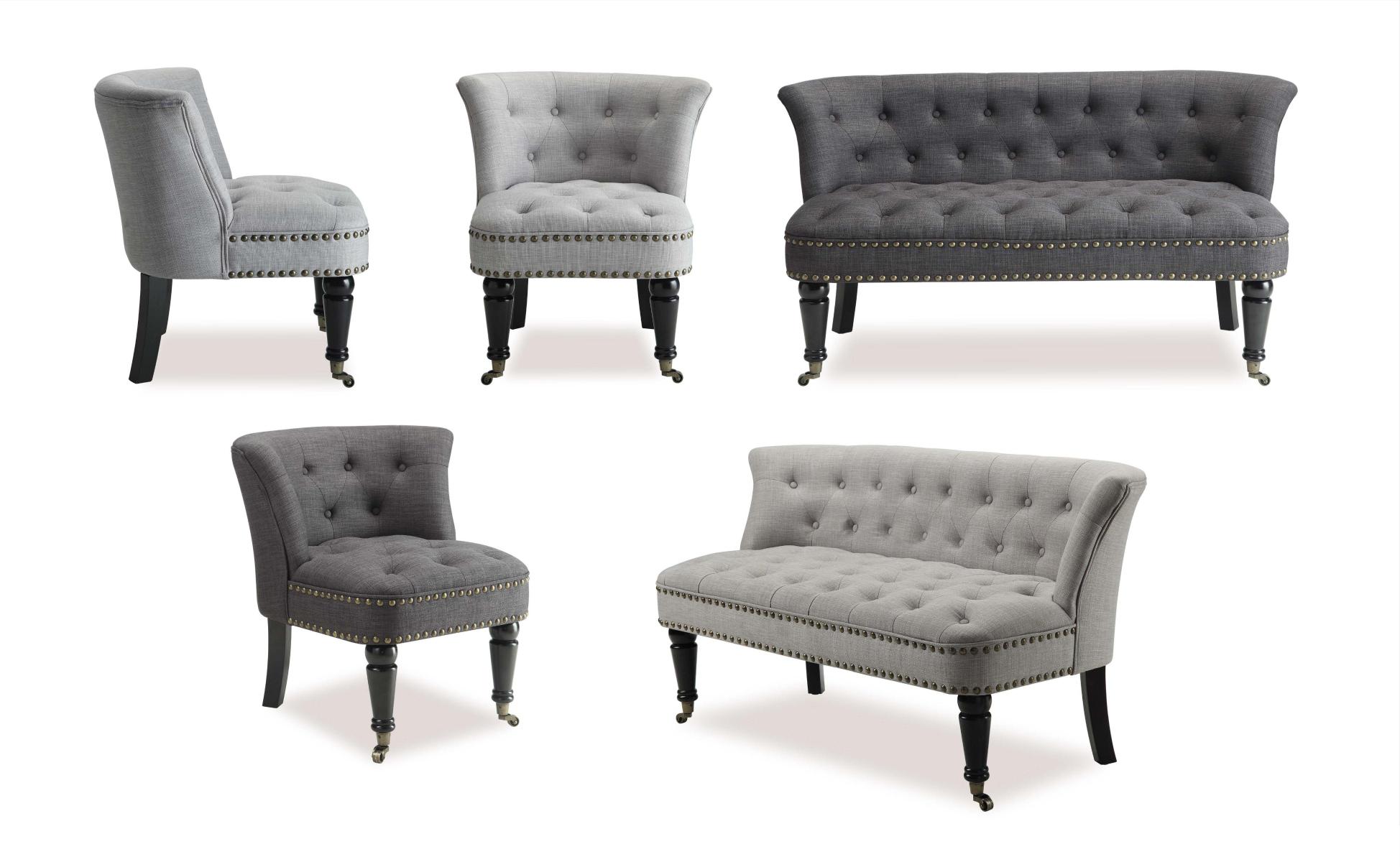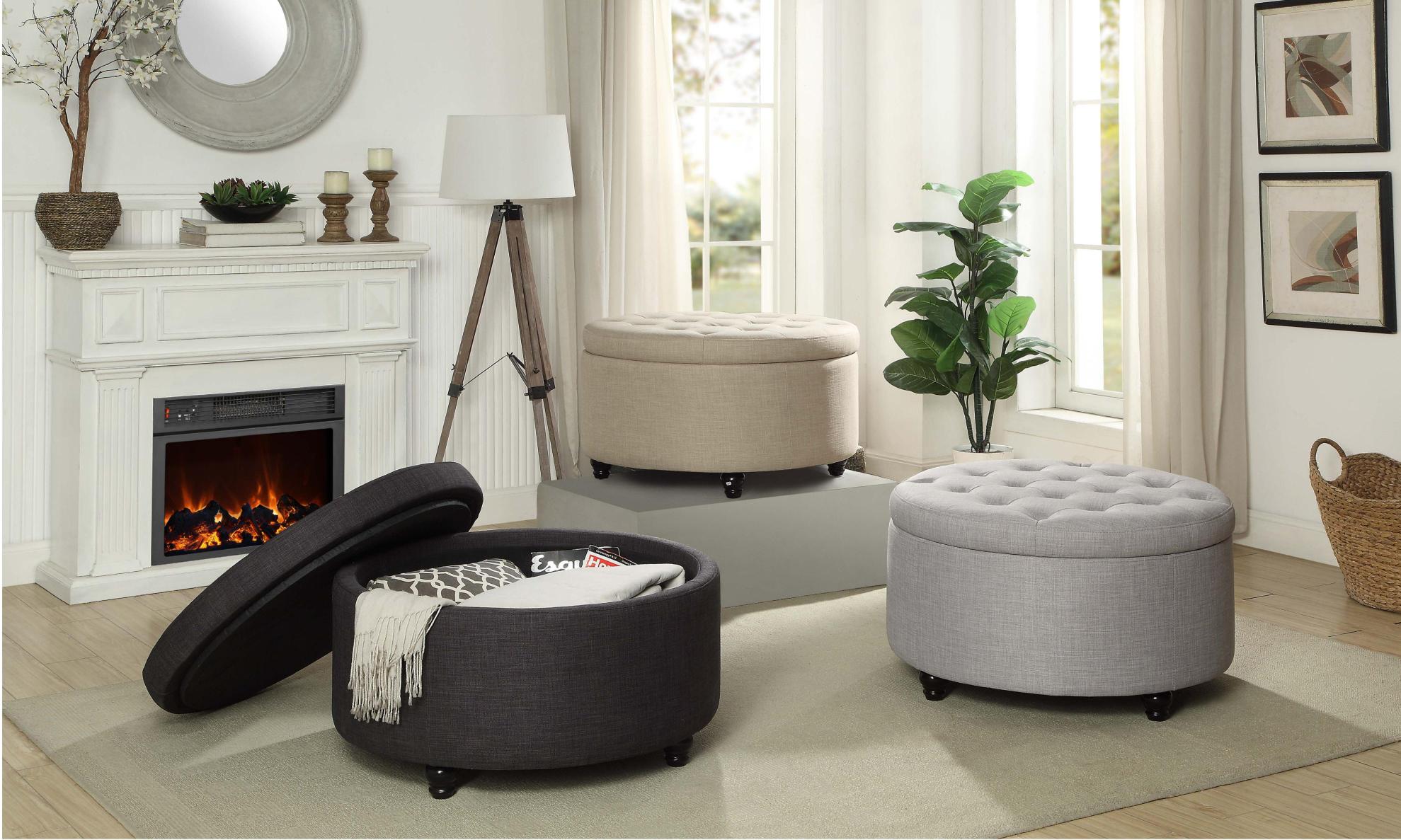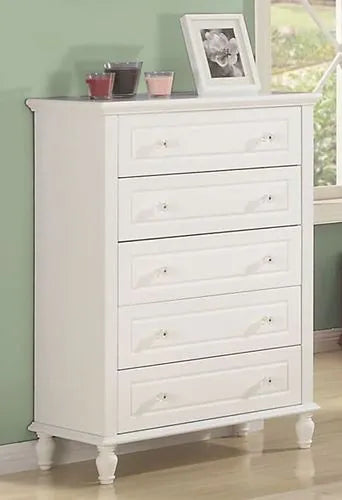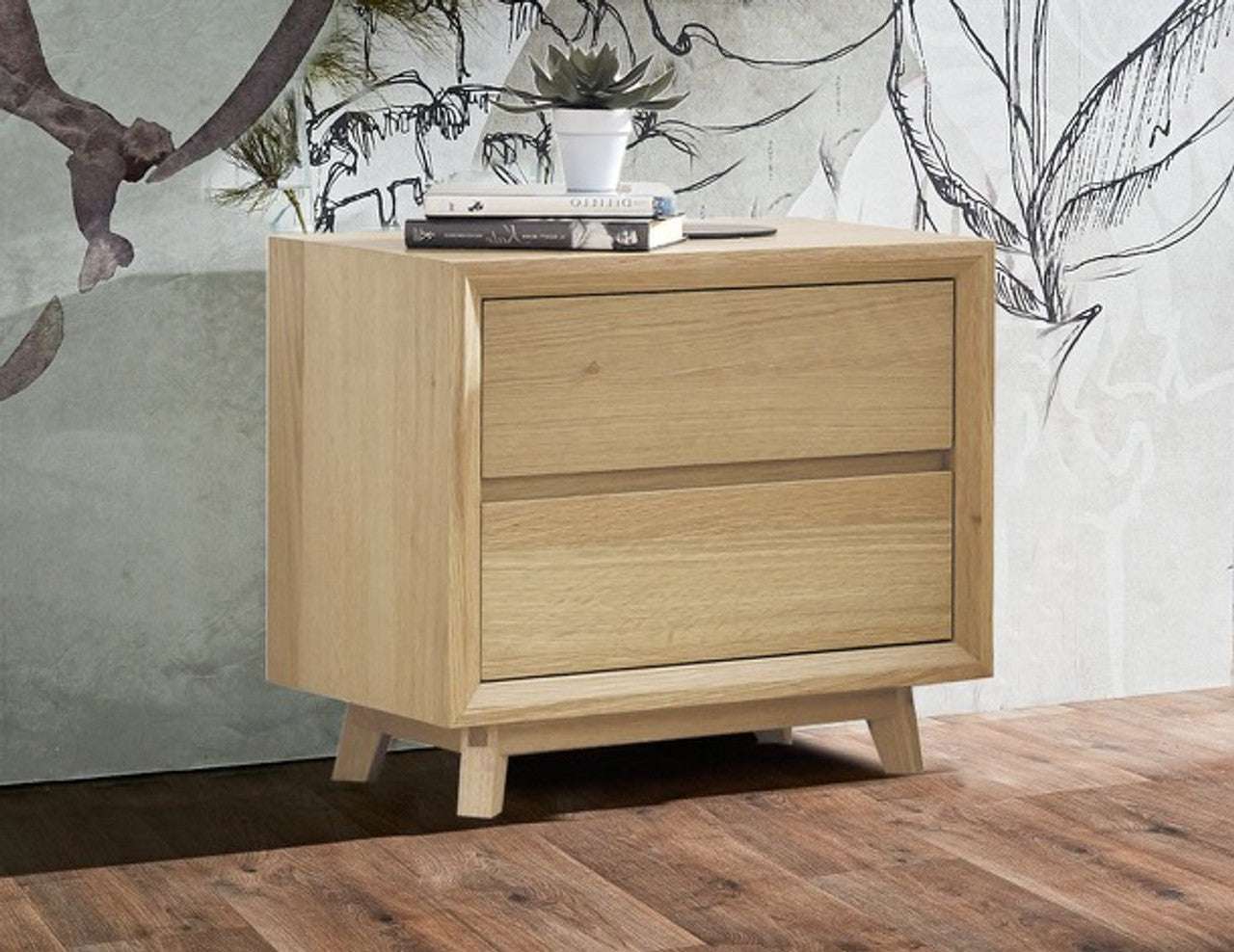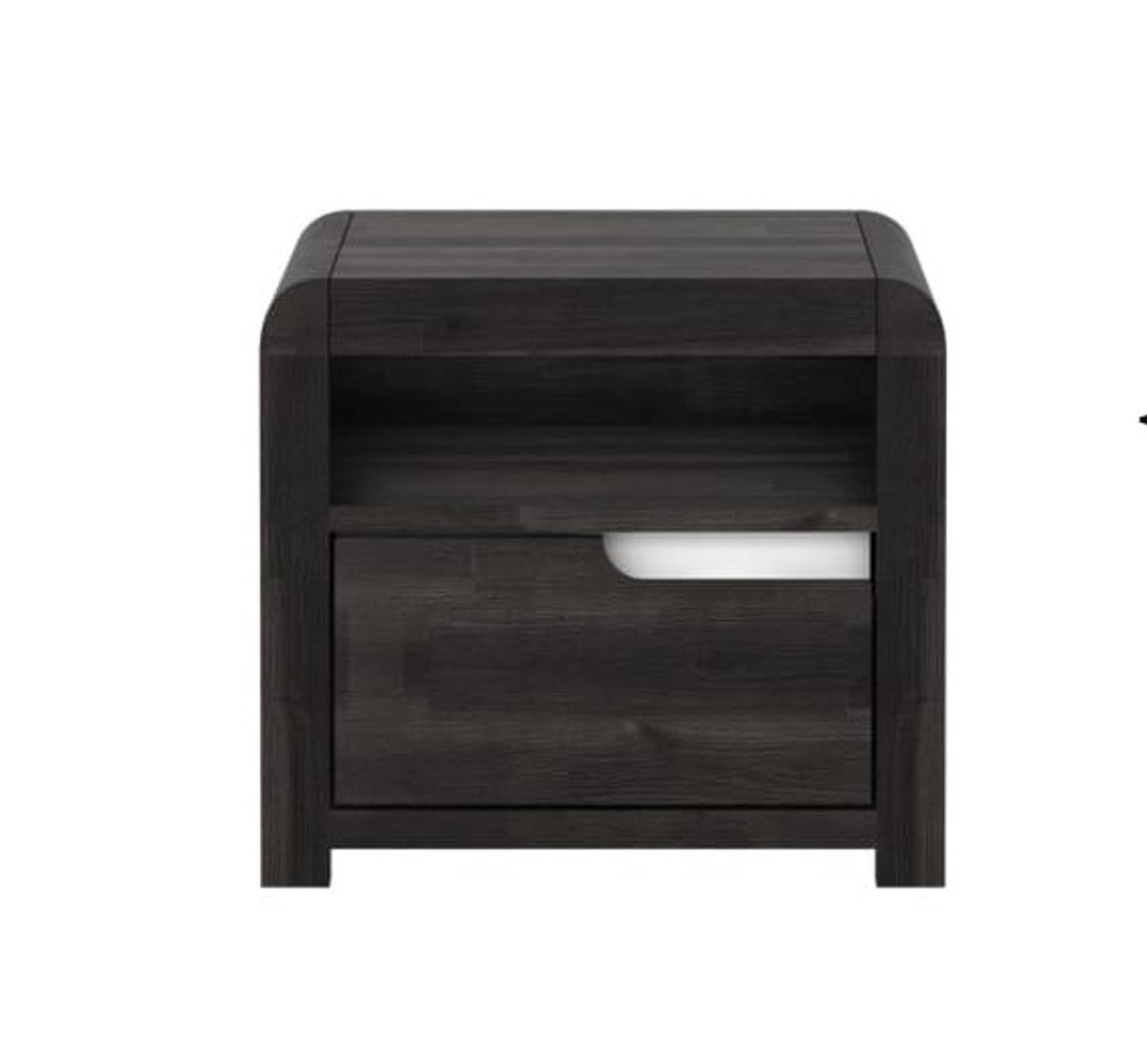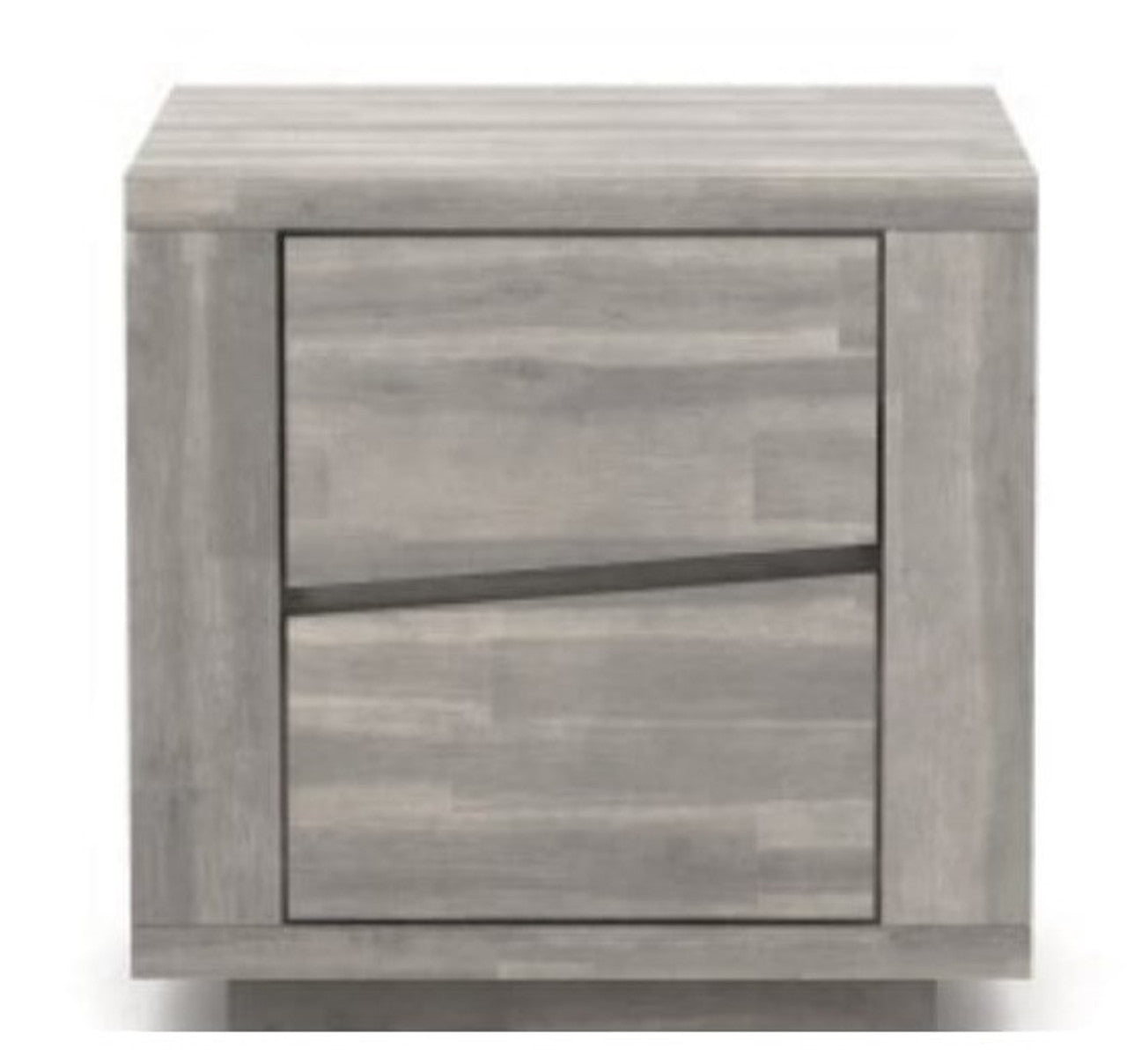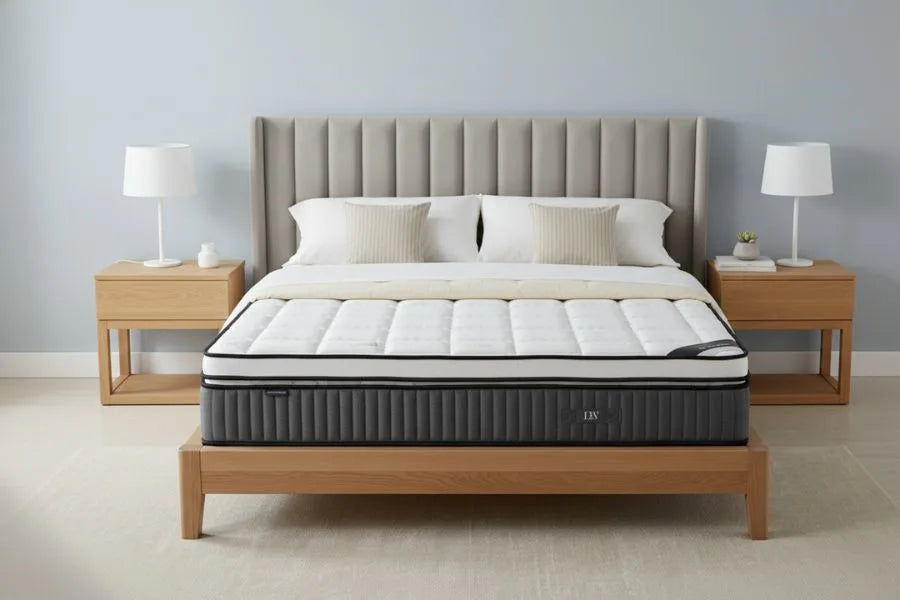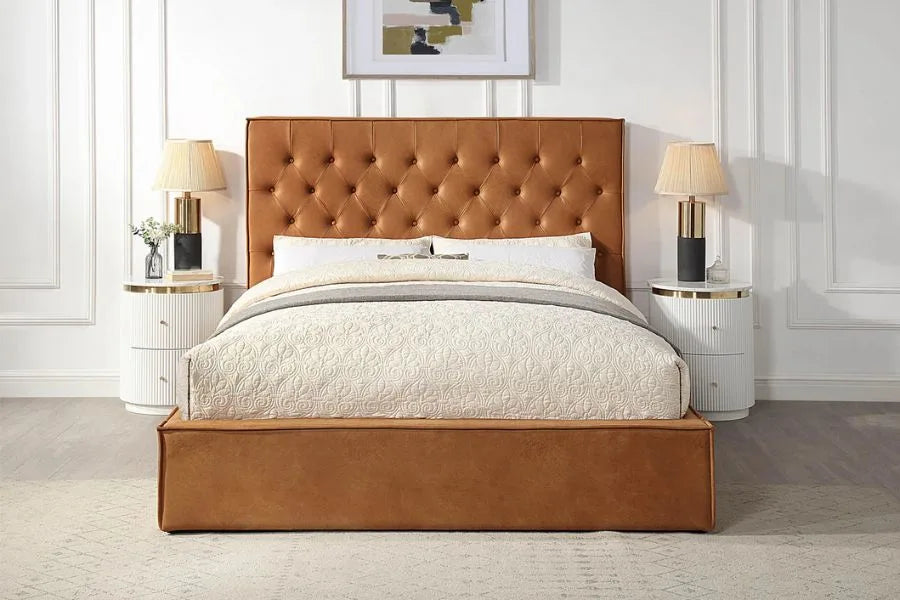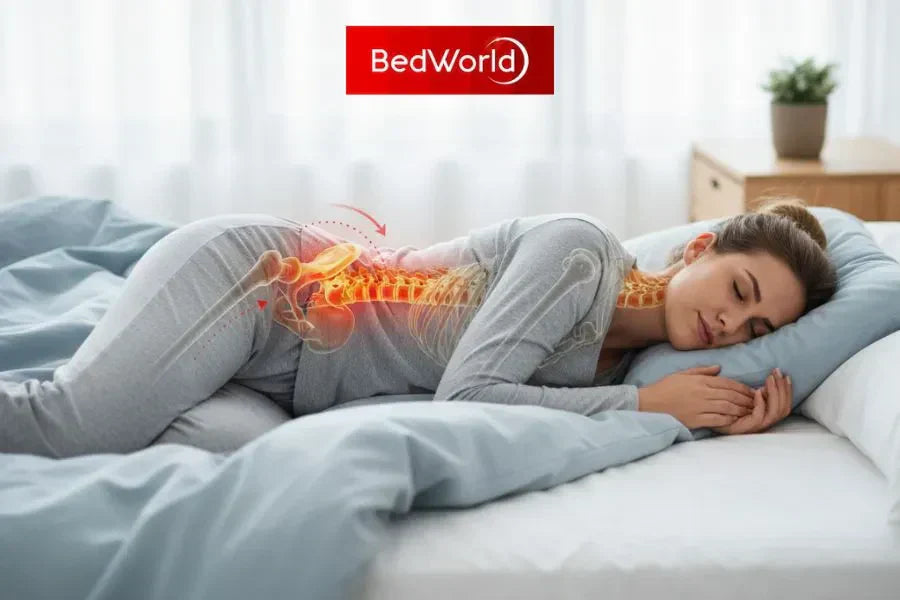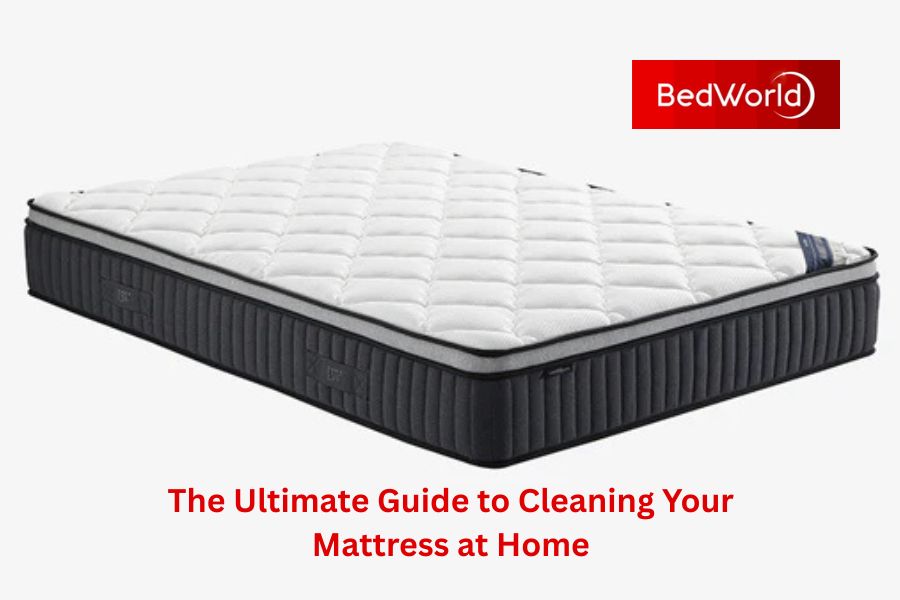Parents put in their effort to protect their kids, whether it is food, checkups, lessons, or anything else that shapes a child's daily life. Sleep is a fundamental part of a child’s health and development.
A good mattress is one of the simplest and most reliable ways to make sure kids sleep soundly every night. Comfort and support of a mattress can shift the balance toward better health and mood.
As children grow, they move from crib to toddler bed to regular mattress, and each stage demands something new. Finding the right mattress at the right moment really matters. Therefore, it is important to find the best mattresses for kids.

How important is a child's sleep?
A child grows best when the little one stays calm and has proper sleep. During those quiet hours, kids do more than rest; important work happens inside their bodies.
A good sleep supports the immune system, steady metabolism, clear thinking, sharpened memory, and everyday learning. Conversely, a lack of sleep can lead to mood swings and slowed development. Tired children tend to be more irritable, find it difficult to concentrate in class, and may struggle with simple tasks or overlook important details.
Why Purchase the Perfect Mattress For a Child?
Finding the right mattresses in Perth is crucial for kids, as it can help them to sleep soundly all night. A solid bed helps their spine stay straight, can boost bone strength, and encourages the deep sleep their tiny brains need to grow. Since a good mattress can serve you for a decade or longer; you must choose a mattress that supports your child's changing shape as the years pass by.
Points to Consider When Selecting a Kid’s Mattress
Parents need to consider important factors while choosing a kid’s mattress according to their comfort and convenience. Some of them are as follows:
Firmness
Choosing a mattress for kids starts with firmness. Doctors and experts recommend a firm mattress after your little one turns 20 months. It helps bones grow straight and keeps tiny bodies safe while they snooze.
Shop online and look for a model that promises proper spine support. Always check the product specs for firmness ratings before adding to your cart. The perfect firmness is a mix of solid support and just enough give so your child feels cozy all night.
Examine the materials used
Most budget synthetic mattresses can trigger allergies in sensitive kids. Plastic foams and cheap glues sometimes cause rashes, coughs, or trouble breathing, so it’s smart to avoid them.
Choose an organic or a smart material mattress instead. The SmartGRID layer is made from food-grade polymer that has no Volatile Organic Compounds (VOCs), meaning it’s cleaner for the planet and safer for everyone who sleeps on it.
Pick the Right Size
Every little one needs a mattress for their crib before they move to a toddler bed. That bed gets swapped for a child-size or twin bed, and sooner or later for something larger.
If your kid already sleeps in a separate bed, reach for a twin mattress. Its length usually lets a growing child use it for years. If a long twin, often called a twin XL, fits the frame, grab that mattress. Families that have room for a full bed may choose that size, especially if siblings sometimes snuggle up together.
Check the Mattress Features
Shopping online means you can’t lie down on the mattress first, so stay alert to softness level, build materials, safety tests, off-gassing, and waterproof or dustproof covers.
Pay attention to density and durability, plus softness, water resistance, and dust-mite shields. Correct spinal support keeps your child straight and comfy, letting sleepy bodies grow without morning aches.
Pick the right mattress type
A pocket-spring model works well because a child doesn’t weigh enough to damage the coils. The springs will then keep bouncing back and last longer. The right mattresses shape themselves to tiny bodies, easing aches and giving amazing comfort. They suit everyone in the house, not just the little ones. Purchasing mattresses online from trusted brands like Loren Williams, A.H. Beard, Simply the Best, Budgeted, and others will provide you with the best deals and reliable features.
Look for a tough build
Kids spill juice, have accidents, and love jumping on beds. Choose a mattress that can take the punishment without sagging. Always add a good protector to your mattress to prevent stains and ensure easy washing.
Add the right foundation
A kid's bedroom usually looks great with a simple platform bed. That style skips the box spring, which saves you cash right away. If you prefer a classic frame, though, you'll need to buy a strong box spring. Many premium mattresses already come with one, so you can choose to purchase them together. Choose a box spring that slides snugly into the frame and matches your mattress size.
Best Mattress Types for Kids
Choosing the best mattress for kids depends on four factors:
- Comfort
- Support
- Long-lasting build
- Safety
Because children’s bodies are still growing, a good mattress helps keep their spines straight and matches the firmness they need for how they sleep.
Memory Foam Mattress: Many parents lean toward memory foam because it hugs each tiny body, easing sore spots no matter whether the kid flops, curls, or sprawls. The foam also soaks up motion, so a restless toddler won’t wake an exhausted mom. Traditional foam can trap heat, so look for mattresses with cooling gel, air channels, or extra-firm open-cell layers.
Innerspring Mattress: An innerspring mattress contains steel coils and usually sits under a thin sheet of foam or padding. These beds deliver solid support, plenty of airflow, and often cost less than all-foam models. They suit children who sleep hot or enjoy a bit of bounce. But the spring-and-foam combo may not ease pressure as well as a thick layer of durable memory foam.
Hybrid Mattress: A hybrid mattress mixes sturdy innerspring coils with soft foam or latex, so it gives kids both bounce and cushion. That blend works well for growing bodies that need lasting support but also want a feel that isn’t too hard or too mushy.
Latex Beds: Latex beds, especially the ones made from natural rubber, suit families who care about sustainability. They resist dust mites, stay cool, and last a long time. Natural latex is gently springy and lets air flow, yet these models usually cost more and are heavy to move.
The right mattress for your child really comes down to their age, sleep habits, allergy worries, and your budget. A good bed can promote healthy growth and far more nights of easy, restful sleep.
Children's Mattress Recommendations
|
Age Group |
Best Mattress Type |
Reason |
|---|---|---|
|
Baby / Infant |
Organic crib mattress; firm, waterproof |
Keeps the baby safe with non-toxic, spine-friendly support. |
|
Toddler |
Memory foam, latex, or hybrid |
It provides gentle support for little bones and is easy on back pain. |
|
Grade-school (5–10) |
Medium-firm hybrid or pocket-spring |
Ideal for a growing spine and active sleep. |
|
Teens |
Medium-firm or firm innerspring |
A solid lift provides support for larger bodies and improves posture. |
Looking for an ideal mattress for your child? Contact Bed World Store
The right mattress helps your child sleep well today and supports healthy growth tomorrow. For infants, safety and firmness come first. School-age kids do best on medium-firm beds that guard growing spines.
Whether you seek an organic crib mattress, a memory-foam toddler pad, a classic coil bed, or a latex option for your little one, Bed World will provide you with a comprehensive range. You need to focus on safety and child-specific needs.

